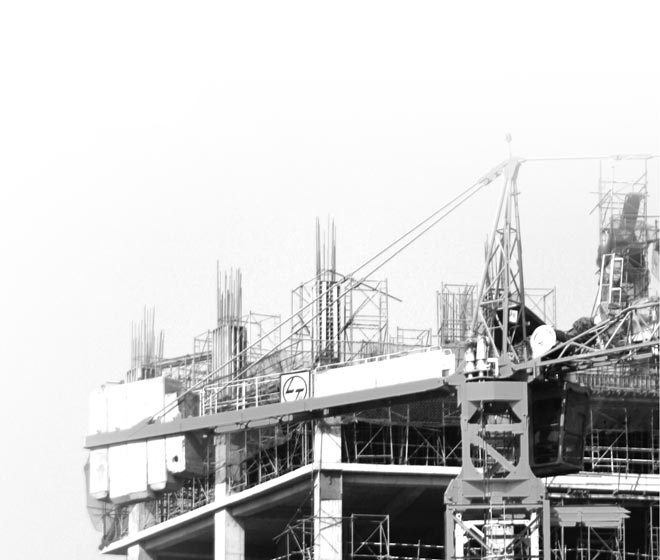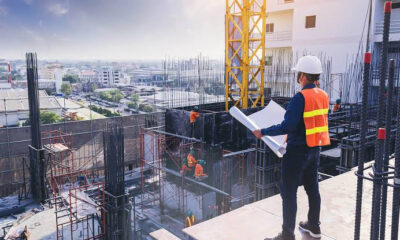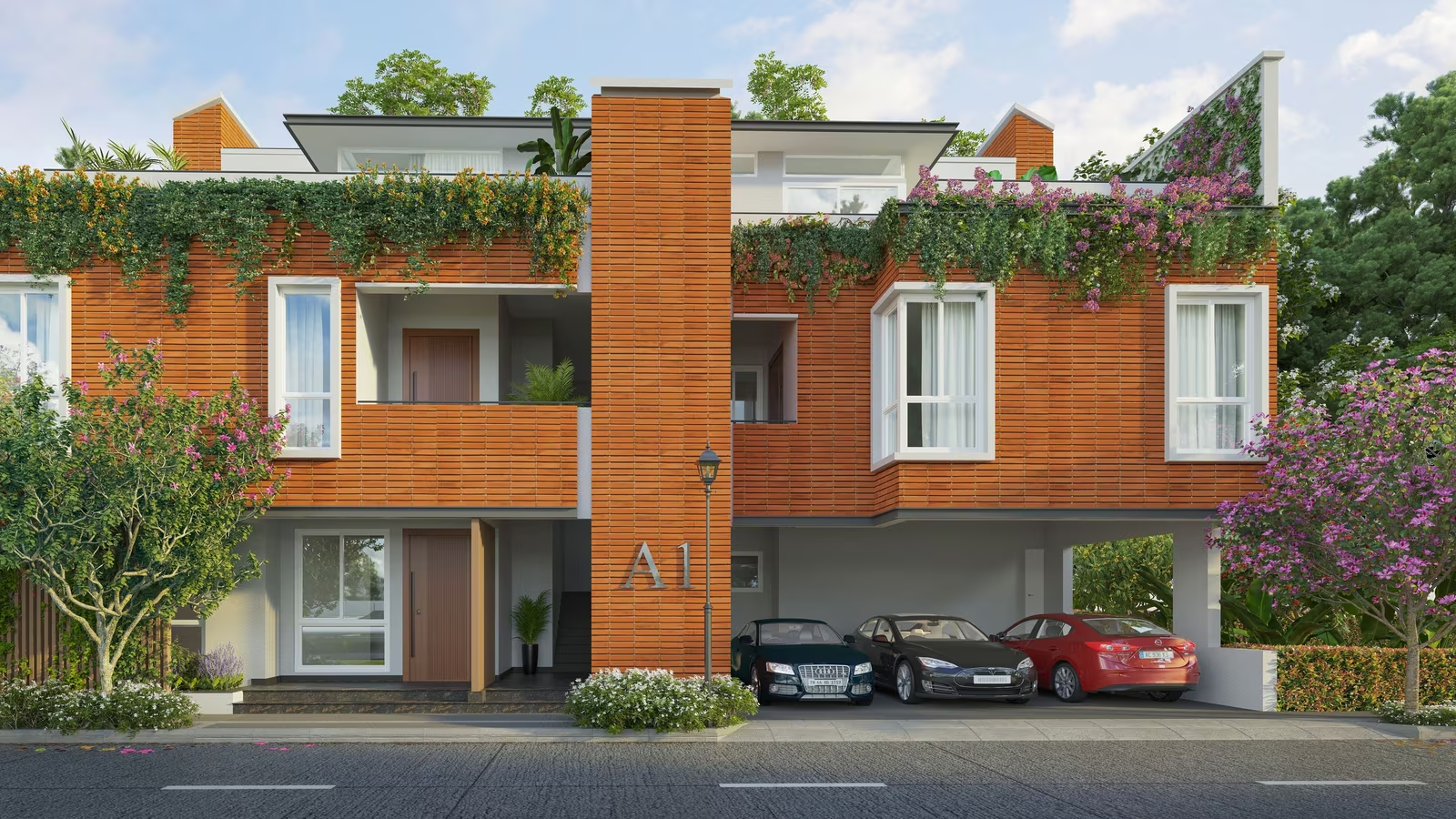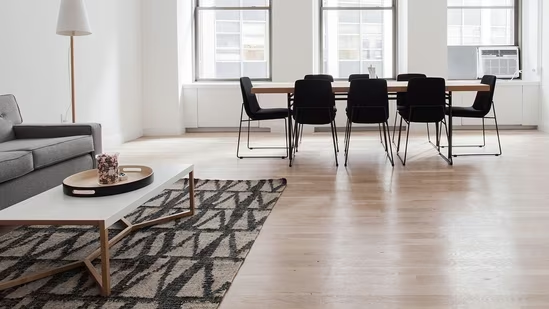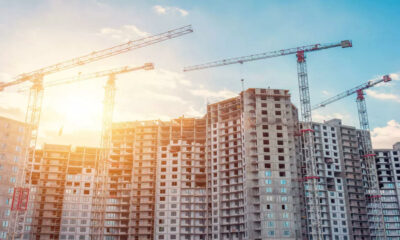Guest Column
Leap Of Technology
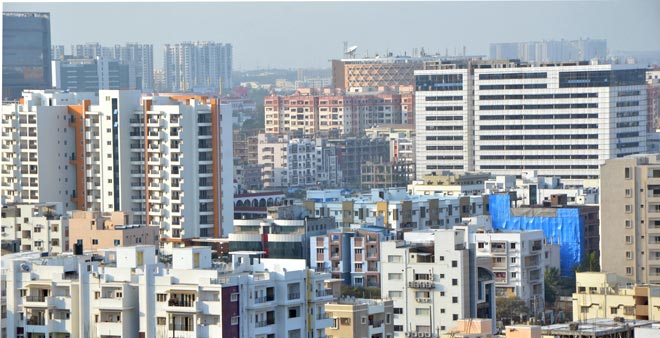

With housing needs projected to grow rapidly mainly due to increasing urbanisation, timely delivery is key without compromising with the strength and resilience of the housing units. A change of construction techniques with the incorporation of latest technology is therefore the need of the hour.
A casual look at the suburban areas or any city or town of the country today has a common sight, which is regardless of the region. Real estate developments and construction is perhaps the only common feature that is visible across the nation. It is indeed a daunting task to provide shelter for billion plus populace of Indians.
A house, one of the basic necessities, has assumed various shapes and sizes, which has resulted in the evolution of several real estate asset classes. Apartments, condominiums, villas, studios and many more are the different classifications based on the usage and the opulence. The combination of roof and walls also has undergone significant change to include aesthetics, amenities and other comforts. In spite of the advancements, delays in execution and completion have remained to be a major concern today. Creation of mass housing and smart cities, as envisioned by the Prime Minister, needs to be introspected contrarily to the conventional practices.
The need for infrastructure and housing in India is growing exponentially, which makes it challenging to keep up with the pace required for execution. Modern techniques which are widely practiced today need to be incorporated and implemented in our construction sector to significantly reduce the time of execution without compromising on the quality and strength of the structure.
In India, Mivan shuttering has gained wide acceptance, and this has added pace and momentum to the construction cycle. However, there is a need for advanced techniques which can further expedite the speed of the entire construction activities. Pre fabricated homes, modular and formwork are gaining prominence worldwide as preferred methods of construction to ensure faster deliveries with the desired load bearing capabilities. Traditional concrete construction normally consisted of bespoke solutions requiring skilled craftsmen. These processes often had poor safety features and gave slow rates of construction on-site and huge levels of waste.
These techniques are very similar to the manufacturing set-ups wherein the components are manufactured at different locations and transported to the site for assembly. Usually there is a factory or a manufacturing unit built in proximity to the project site and the components are transported. The conventional method of building a house is to transport bricks, timber, cement, sand, steel and construction aggregate, etc. to the site, and to construct the house on site from these materials.
Modern techniques which are widely practiced today need to be incorporated and implemented in our construction sector to significantly reduce the time of execution without compromising on the quality and strength of the structure
• In spite of the advancements, delays in execution and completion have remained to be a major concern today
• The need for infrastructure and housing in India is growing exponentially, which makes it challenging to keep up with the pace required for execution
• Pre-fabricated homes, modular and form work are gaining prominence worldwide as preferred methods of construction to ensure faster deliveries with the desired load bearing capabilities
• A new generation of precast technology is used to create panels and partitions using pre mixed concrete which have ingrained properties of self-curing and faster setting. These hollow partitions are lighter and easily maneuverable yet strong enough to bear the structural load
• In modular construction, there have been instances where an end re room including the bathroom with all its fittings, fixtures, electrical, floors and sewerage systems are built remotely. It may even go on to include the paint on the walls. These are then transported to be assembled at the site for the complete structure
• A major advantage of remotely built or produced panels is that the uniformity and quality is ensured. The strength and capacity are tested and designed
In prefabricated construction, only the foundations are constructed in this way, while sections of walls, floors and roof are prefabricated (assembled) in a factory (possibly with window and door frames included), transported to the site, lifted into place by a crane and bolted together. These methods are used in a various areas within the building but its usage is predominant in the superstructure, exteriors and the mechanical electrical and plumbing areas. The results of such executions have been in improved project schedules, reduced cost, site safety and waste reduction.
A new generation of precast technology is used to create panels and partitions using pre-mixed concrete which have ingrained properties of self-curing and faster setting. These hollow partitions are lighter and easily maneuverable yet strong enough to bear the structural load. During the process of manufacturing, there can be provisions for including the spaces for doors, windows, closets or storage spaces. These help to reduce the onsite fabrication and shaping requirements.
In modular construction, there have been instances where an entire room including the bathroom with all its fittings, fixtures, electrical, floors and sewerage systems are built remotely. It may even go on to include the paint on the walls. These are then transported to be assembled at the site for the complete structure.
A major advantage of remotely built or produced panels is that the uniformity and quality is ensured. The strength and capacity are tested and designed accordingly, resulting in significant savings in cost and time yet ensures quality. Since the production is in a controlled environment the quality is assured and can be easily replaced or re produced off site without affecting the schedule or the structure.
To cater to the demand created by increasing urbanization and need for timely delivery, the Indian construction industry needs to transition to the latest techniques and processes. Faster construction with improved quality and stable structure is indeed the need of the hour.
-



 News4 weeks ago
News4 weeks agoKW Delhi 6 Mall Onboards New Brands
-



 News4 weeks ago
News4 weeks agoManasum Senior Living Launches IKIGAI GOA, A Senior Living Community in North Goa, in collaboration with Prescon Homes
-



 News4 weeks ago
News4 weeks agoBridging India Divide: Top 5 Tier- 2 Cities to Focus On
-



 News4 weeks ago
News4 weeks agoCommercial Realty Gets Tech Savvy: Fast Construction, Enhanced Convenience
-



 News3 weeks ago
News3 weeks agoGodrej Properties Sells Rs 3k cr+ Homes of Godrej Zenith, Gurugram, within 3 days
-



 News4 weeks ago
News4 weeks agoMultipoint Connection – A Definite Boon
-



 News3 weeks ago
News3 weeks agoRBI’s Status Quo on Key Policy Rates to Help Maintain the Real Estate Growth Momentum, Say Industry Stalwarts
-



 News2 weeks ago
News2 weeks agoOlive Announces Dhruv Kalro as Co-Founder






